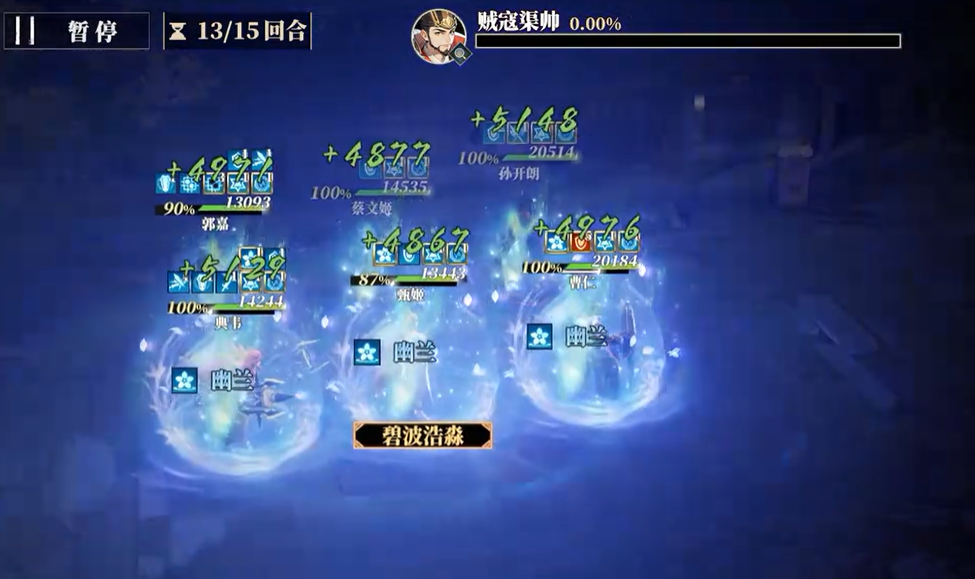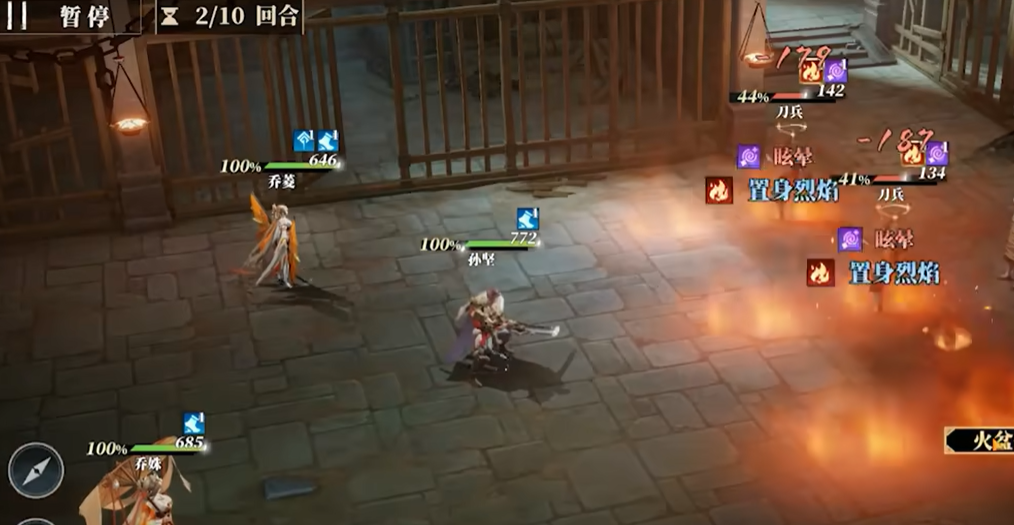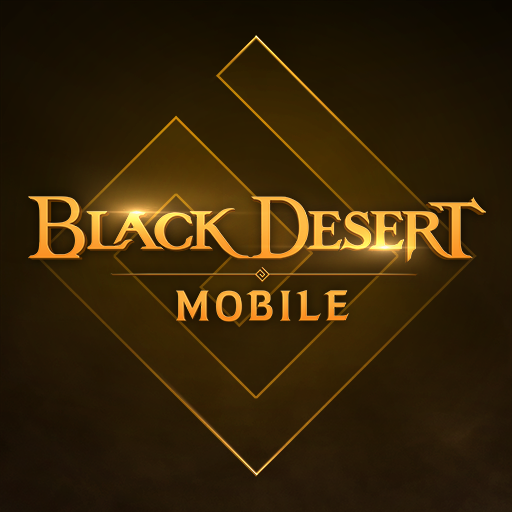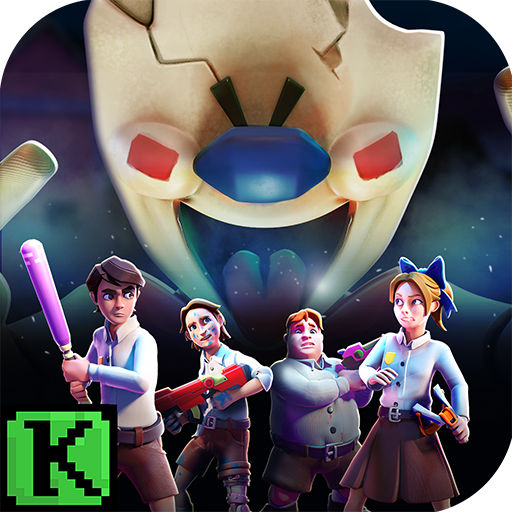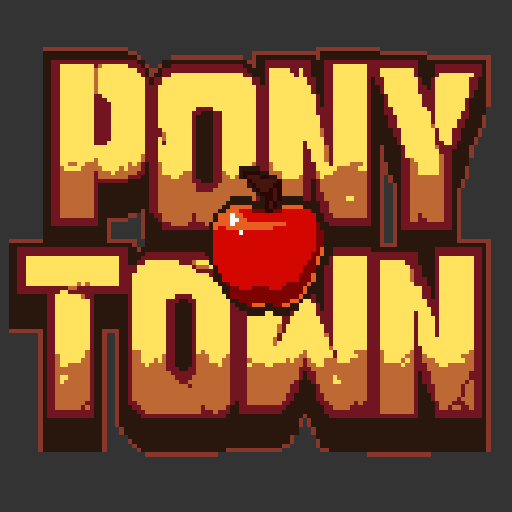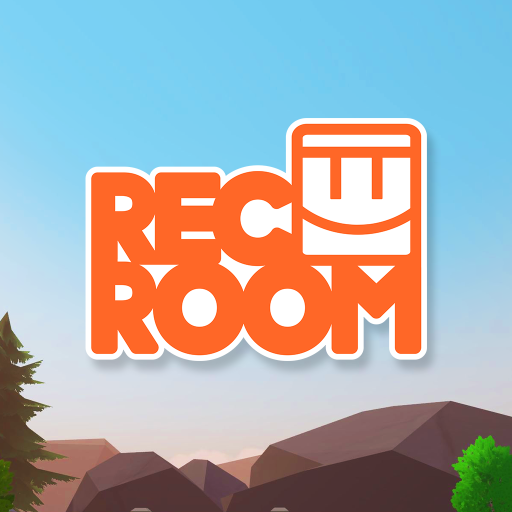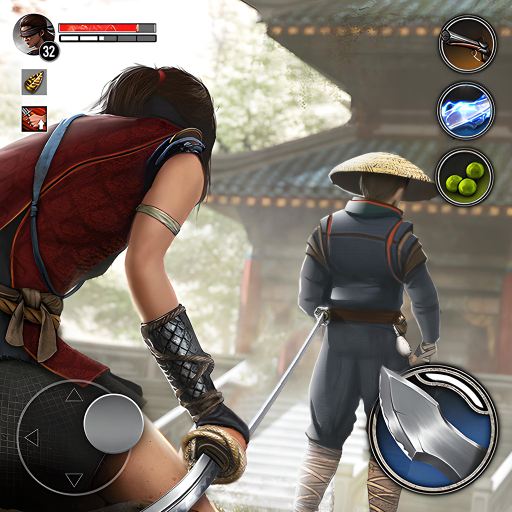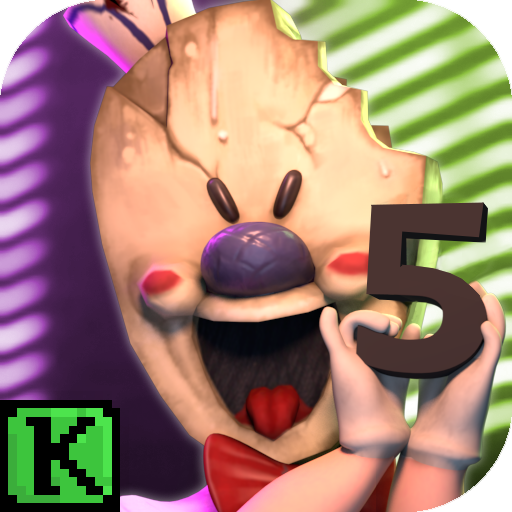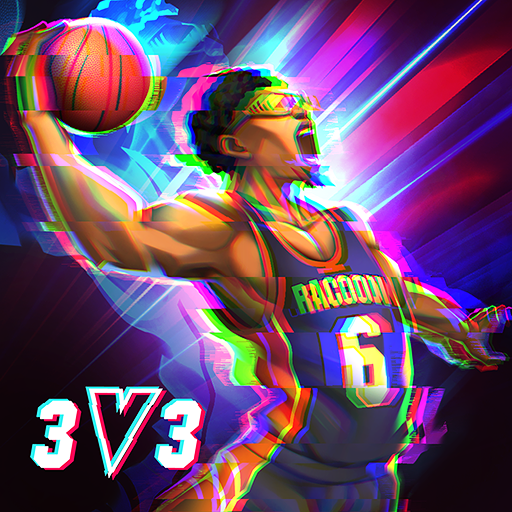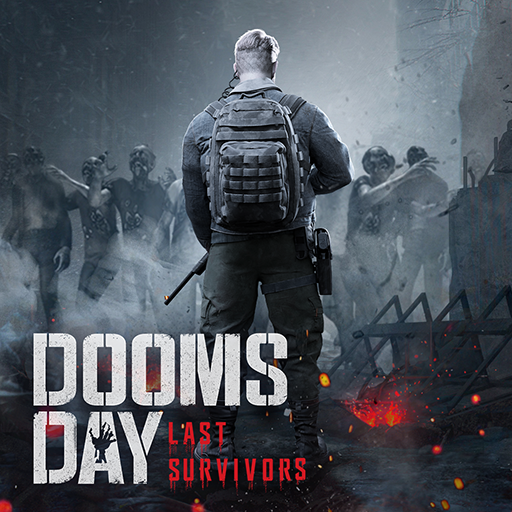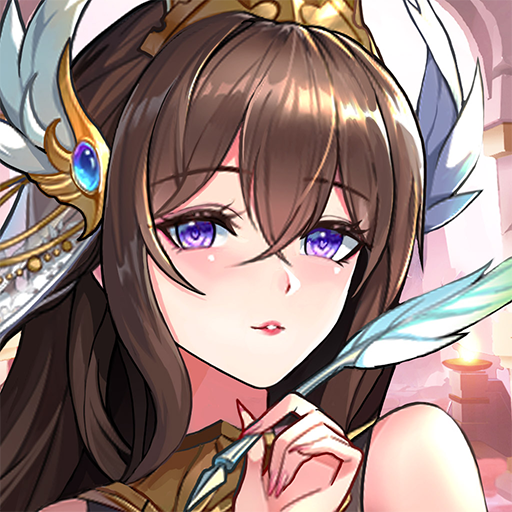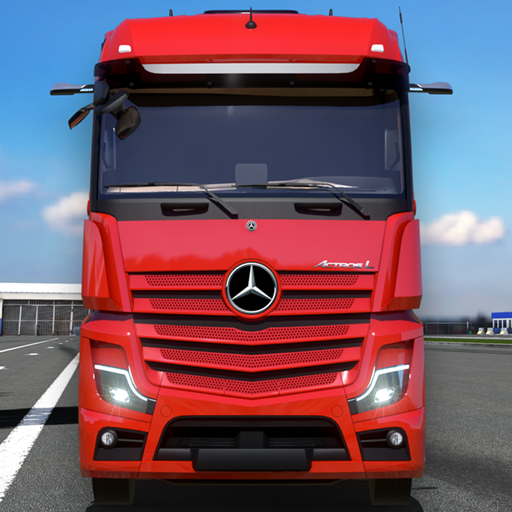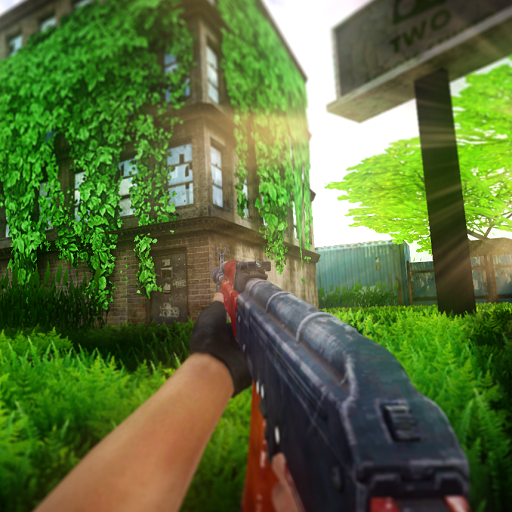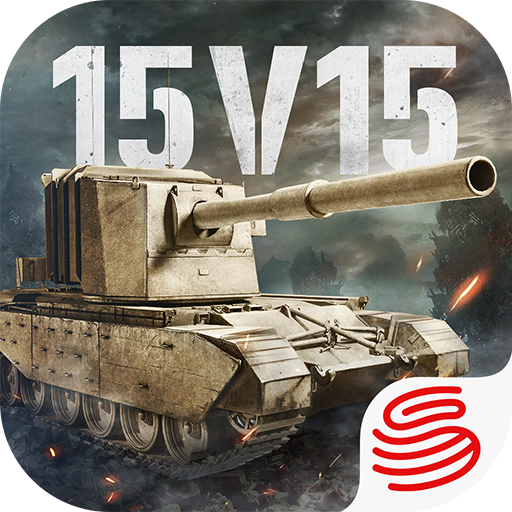Black Beacon is an action role-playing game where players can develop characters and form a 3-person team, switching between characters to fight. So, the question arises, how do you form a team in Black Beacon? What kind of Black Beacon lineup is recommended for use? In this article, we will discuss the team formation strategy in the game and recommend some commonly used team combinations. If you are interested, come and take a look!
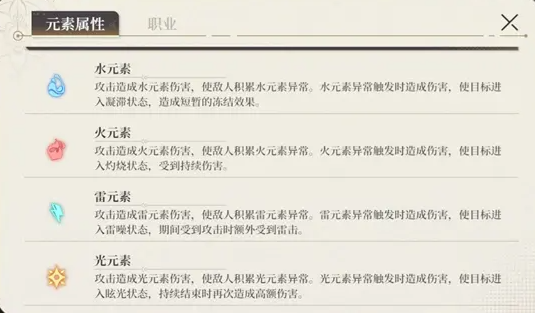
Element Mechanism:
Battle characters are divided into five types based on elemental attributes: Water, Fire, Lightning, Light, and Dark. Monsters in combat have different elemental weaknesses, so you can choose characters with corresponding elements based on the enemy's weakness. At the same time, different elements also have unique additional effects when dealing damage. As long as you understand the performance mechanism of each element in battle, you will have a clear direction when forming a team. Each type of elemental attack will cause a corresponding abnormal accumulation effect on the enemy during the battle, and when the accumulation reaches a certain level, it will trigger the abnormal state of that element. The different abnormal effects are as follows:
Dark Element: Causes the "Eclipse" state, which deals extra damage at the end based on the damage received during the period;
Water Element: Triggers the "Stagnation" effect, briefly freezing the enemy;
Fire Element: Causes "Burning," continuously dealing damage;
Lightning Element: Inflicts "Thunder Noise," causing extra lightning strikes when the enemy is attacked during the status period;
Light Element: Enters the "Glare" state, dealing a high burst of damage at the end.
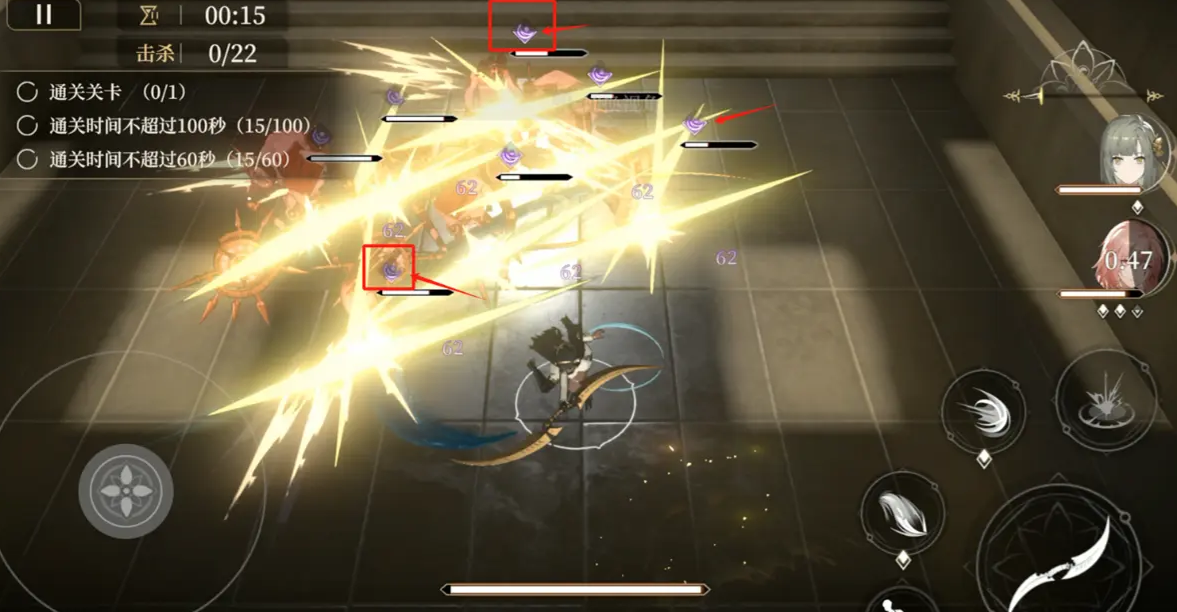
Anomaly Burst:
In battle, the enemy's head will display the current elemental anomaly accumulation progress. When the icon changes from dashed to solid, it indicates that the trigger point has been reached, causing an elemental anomaly burst damage, which is an extra high-damage output. Since a single character accumulates slowly, it is recommended to pair one or two characters of the same element to concentrate on applying that attribute attack, thus triggering the burst faster.
Certain character skills have sustained effects, continuing to deal damage even after switching characters (e.g., Nana's [Orbiting Blade], Enki's [Energy Ball], Ming's [Glimmering Lights]). These skills retain their elemental attack effects even after the character is switched out, making them suitable for pairing with characters of different attributes to form a mixed suppression. Therefore, when these characters are in play, it is advisable to combine them with a variety of elements to enhance overall combat efficiency.

It is worth noting that the elemental overload mechanism is crucial in actual combat—when an enemy is simultaneously under two elemental anomaly states, it triggers the overload effect, causing extra high damage and reducing the enemy's resilience. Once the resilience is depleted, the monster will enter a paralyzed state, doubling the damage taken. Therefore, frequently switching characters and flexibly stacking elemental states is the core operational strategy to improve output efficiency.
Overall, elemental team formation can follow several basic principles: choose corresponding counter-attributes based on the monster's elemental weaknesses; the same elemental anomaly cannot be triggered repeatedly within a short time, requiring different attribute characters to alternate; sustained skills can retain their effects after switching characters, facilitating mixed stacking; dual-element anomalies can trigger overload, increasing damage and control effects. Therefore, it is recommended that the team includes at least two or more elemental attribute characters. If you prefer an elemental accumulation tactic, prioritize characters with sustained output capabilities. If you already have a fixed attack rhythm or a good grasp of the damage mechanism, you can also pair specific elemental characters according to your preference to enhance the combat rhythm.

Role Positioning:
In addition to elements, the role positioning of characters also affects team formation. Characters in the game are divided into three roles: Damage (Main DPS), Breaker (Sub-DPS), and Support. There is a complementary and synergistic relationship among the three, and a reasonable combination can significantly enhance the combat experience.
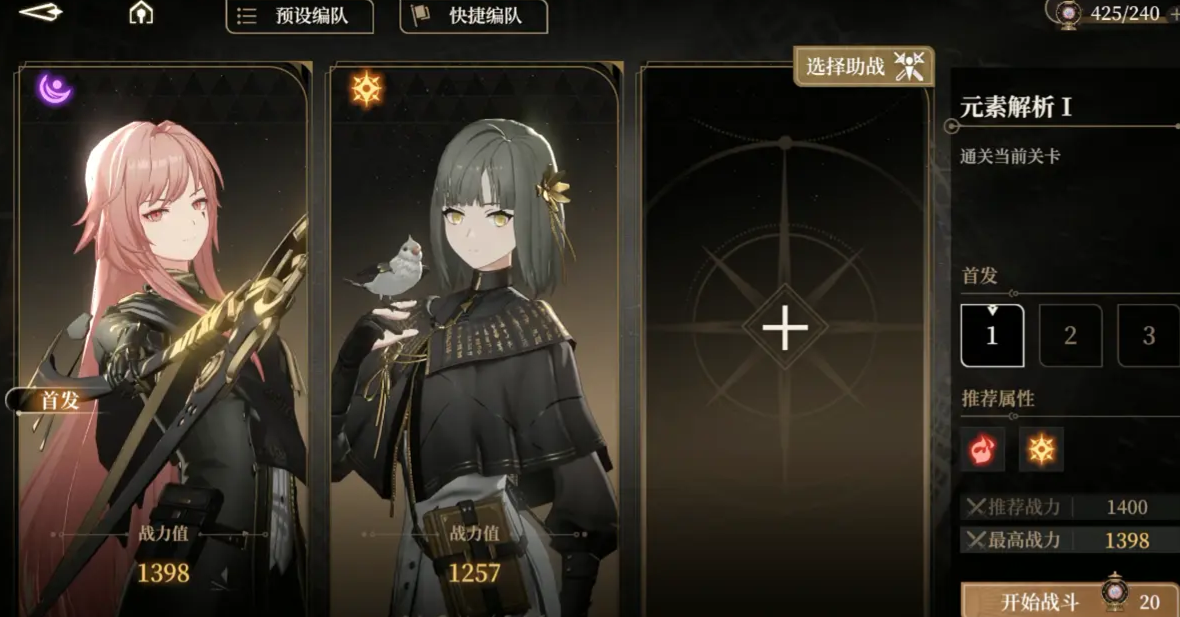
Team Formation Suggestions:
Recommended Combination: Five-star Main + Shamash + Ling
In the early stages, it is recommended to prioritize the development of the initial character "Ling." As a starting character, she not only has free resource bonuses but also comes with a gold weapon, making her the top choice among support characters. If choosing Shamash as the early-stage damage dealer, it is recommended to pair Viola or Nana as the breaker, because their attributes differ from those of Shamash and Ling, allowing for elemental overload. However, Rosaline, who shares the same dark attribute, is not suitable for this combination, as it would lead to elemental duplication.
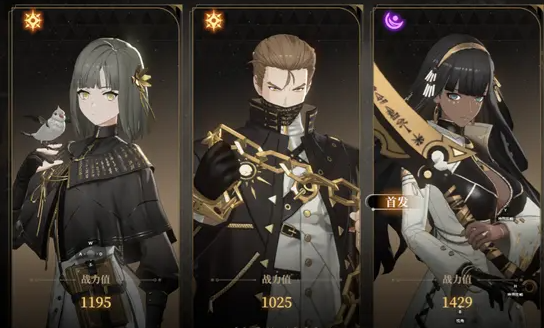
Therefore, the recommended practical combination for the early stage is: Ling + Shamash + Nana/Viola. This combination can smoothly transition through the early stages and is easy to replace with stronger five-star main DPS later. If you want to quickly experience the thrill of a five-star damage dealer, you can directly choose Ireshan as the main DPS in the early stage, paired with Ling and a dark attribute breaker. This combination is slightly slower in stacking elemental anomalies but still delivers impressive overall damage with its powerful output capability.
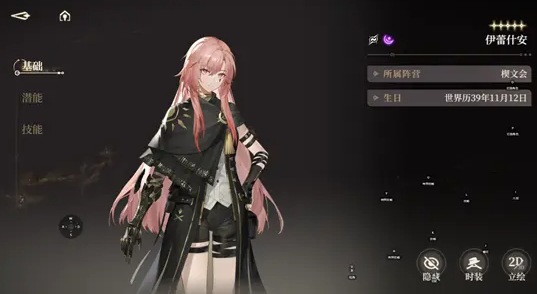
The above is a detailed introduction to the Black Beacon lineup recommendations, discussing the principles of combat in the game. Of course, if you are a lucky player and draw a rare five-star damage dealer at the beginning, you might as well focus on developing that character and select suitable supporting characters with matching attributes and roles in the subsequent 30-pull selection. Although a main DPS and a support of the same element is the optimal configuration, you can steadily advance with Ling as the support in the early stages and make targeted adjustments later based on combat needs.
